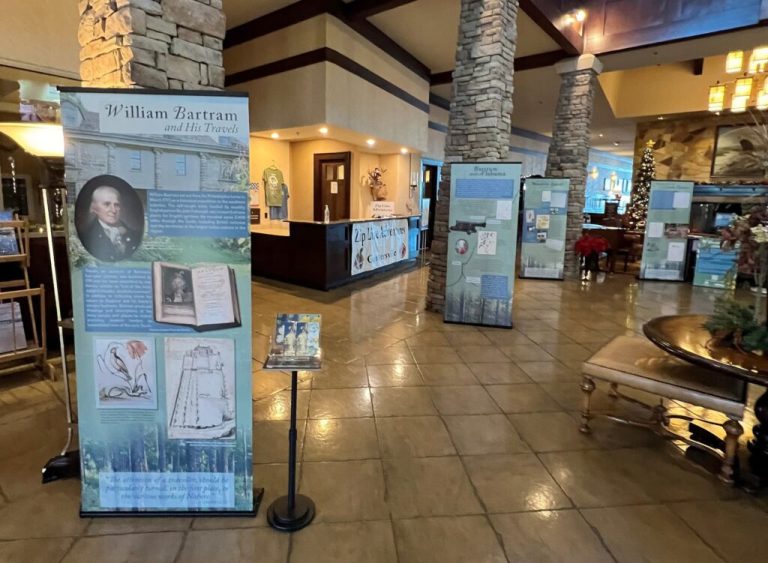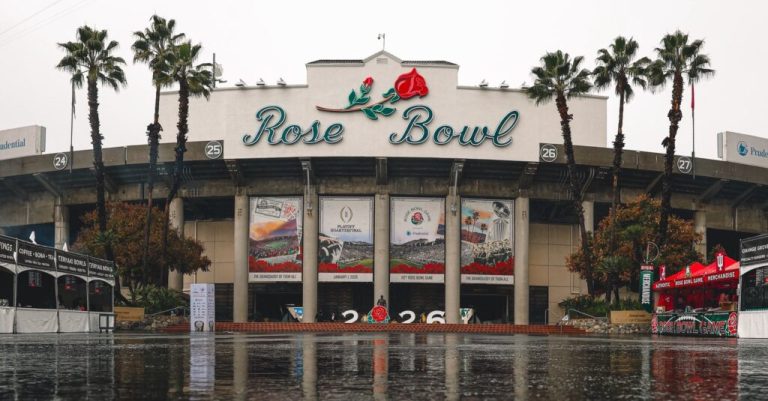Reviewed by: Nathan Watson
These 5 animals in Alabama are not found anywhere else in the world
Reading time: 6 minutes
Sponsored

When you say the words “crayfish” or “mudbugs,” the state of Louisiana quickly comes to mind.
But, did you know that Alabama has more unique kinds of crayfish than any state in the U.S.?
In fact, of the 600+ species of crayfish in the world, 100 are found in Alabama—including 15 species of crayfish that are unique to the “River State.”
In this series, our first two installments focused on 19 fish and 31 plants found nowhere else on planet Earth but Alabama.
In this edition, you get to meet five animals—a mouse, turtle, snail and two salamanders—that live only in our beautiful state of Alabama.
Here are their stories.
1. The Alabama Beach Mouse is one of the world’s rarest mammals

The next time you visit Alabama’s beaches, especially Gulf State Park or Fort Morgan, you are likely playing amongst one of the world’s rarest mammals: the Alabama Beach Mouse.
The chance of you seeing this little mouse with big ears and eyes is very low. They are nocturnal. During the day, they live in burrows in dunes. At night, they are out and about feasting on their favorite food — sea oats.
Weighing less than half an ounce (the weight of about four nickels) the mouse plays an invaluable role in maintaining the few remaining dunes along Alabama’s coastline.
In the book Southern Wonders, Alabama’s Surprising Biodiversity, author Scot Duncan described their role best:
“Within the dune ecosystem, beach mice dispersing from surviving populations will colonize young dunes with enough shelter and seed available. Mice bring seeds to their burrows and some seeds are uneaten, germinate and contribute to the developing plant community.”
The biggest threat to the Alabama Beach Mouse? Overdevelopment on top of the dunes and coastline. Without the habitat from Gulf State Park and Bon Secour National Wildlife Refuge, the mouse would be extinct.
2. The Red Hills Salamander is Alabama’s State Amphibian

Back in 2000, third graders from Fairhope Elementary School successfully lobbied the Alabama legislature to make the Red Hills Salamander the official state amphibian. Dark brown and slender, the shy salamander spends its time in burrows in the Red Hills region of Wilcox, Monroe, Butler, Conecuh, Covington and Crenshaw counties.
Biologist and nature writer Mark Bailey told us how we were lucky that the reclusive salamander was discovered in 1960.
He said a malacologist (a fancy word for snail scientist) by the name of Leslie Hubricht saw a place on the side of the road on Highway 31 in Butler County that looked like a good spot to find terrestrial snails. In1960, most folks didn’t worry much about trespassers.
While looking for snails under leaves, he found an eight-inch salamander. Hubricht knew this critter was unusual, so he captured it, preserved it and sent the specimen to the Smithsonian, where it was described as a new species.
“If he hadn’t seen that one, it’s possible that Red Hills Salamanders still might not be known today. It’s almost unheard of to find one outside of its burrow. They live in burrows on steep slopes, but he uncovered this one under some leaves.”
Mark Bailey
Today, prospects for the Red Hills Salamanders’ survival are encouraging. Recently, Forever Wild—the state’s premier conservation and land acquisition program purchased several swaths of forests in Monroe County that are home to the elusive salamander.
3. Flattened Musk Turtles need clean water

Fun fact: There are more turtle species in Alabama than any other state in the U.S.
One species that is endemic to Alabama is the Flattened Musk Turtle, which resides within the Black Warrior River watershed north of Tuscaloosa in places like the Mulberry Fork and Locust Fork rivers.
When scientists describe the Flattened Musk Turtle, they say it’s the size of a small potato and kinda looks like one that has been dropped in a streambed.
One of the rarest turtles in Alabama, the Flattened Musk needs clean water to survive.
But, threats are increasing.
Biologists are growing very concerned that Flattened Musk Turtle hatchlings are not surviving. The reason is because the streams are getting more and more polluted by sediment.
“In streams like the Mulberry Fork, where you can still find adults, we’re not finding juveniles or hatchlings. Adults feed on mussels, especially the Asian clam that’s kind of been a boon for the adult turtles. They can eat those even though many of the native mussels are gone.
The weak links in the chain are the hatchlings. They eat invertebrates like mayfly larvae. And when the water quality goes down and there is a lot of sedimentation, the insects disappear. Adults are laying eggs and the babies are hatching out. They’re making it to the water and then they are thinking ‘I wish I had something to eat.’”
Mark Bailey
What needs to be done to save the Flattened Musk Turtle? Clean water is a good place to start. That means reducing sedimentation from construction, run-off from agriculture and other illegal pollutants dumped in our rivers.
4. Black Warrior Waterdog and its gills

The Black Warrior Waterdog, sometimes called a mudpuppy, is a large aquatic salamander found only in the Black Warrior River Basin.
In 2018, the U.S. Fish and Wildlife Service designated the large aquatic salamander with bushy external gills as an endangered species.
We asked Mark Bailey, lightheartedly, why a salamander has canine nicknames. His answer?
“It could be because those external gills look like ears on a dog. If you’ve had too many glasses of moonshine, you might think something like that.”
5. How the Tulotoma Snail saved a town

Did you know a snail that almost went extinct and lives only in the Coosa and Alabama River systems is credited for saving a town?
Discovered in 1834, the golf-ball-sized Tulotoma magnifica—commonly known as the Alabama Live-bearing Snail—had a 530-mile range from the Coosa River in St Clair County to the Alabama River in Monroe County.
Because of impoundments up and down both river systems, the iconic snail almost went extinct.
That all changed when the Clean Water Act and the Endangered Species Act passed in the 70s. Both laws protected the snail and helped mount its comeback.
According to Main Street Wetumpka, in order to save the snail, more water was released from the dams. This had the byproduct of creating “.. our incredible whitewater, an important part of our beautiful downtown’s recreation and allure.”
Today, it is the only federally listed snail that has been removed from the endangered species list and moved up to the “threatened list.”
Alabama’s amazing biodiversity






Alabama’s biodiversity is what makes our state special and unique. We hope you have enjoyed learning about these special creatures and plants that can only be found here in Alabama.
Sponsored by:

 25107 views
25107 views


